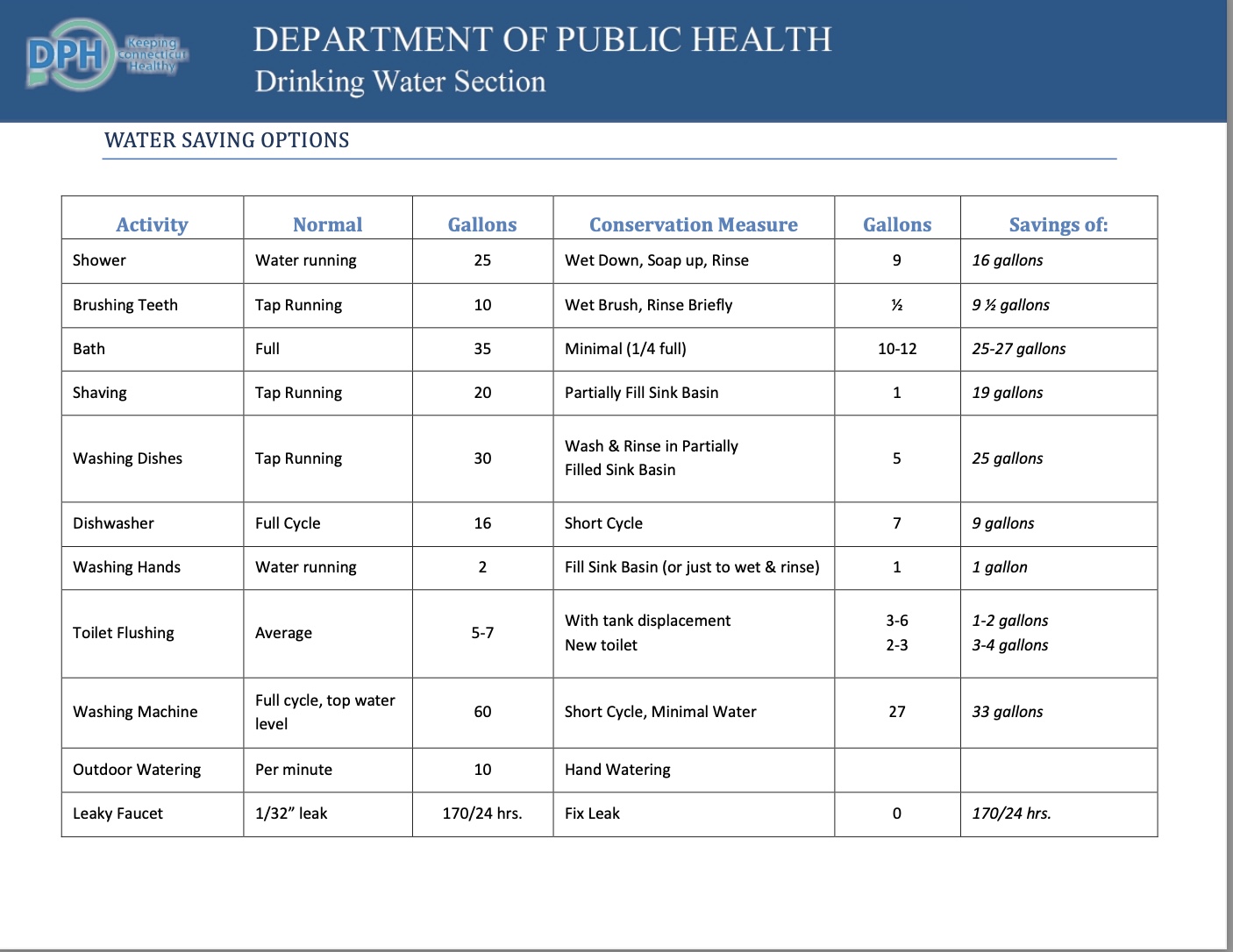Conserve Water
Norwalk River Watershed Association
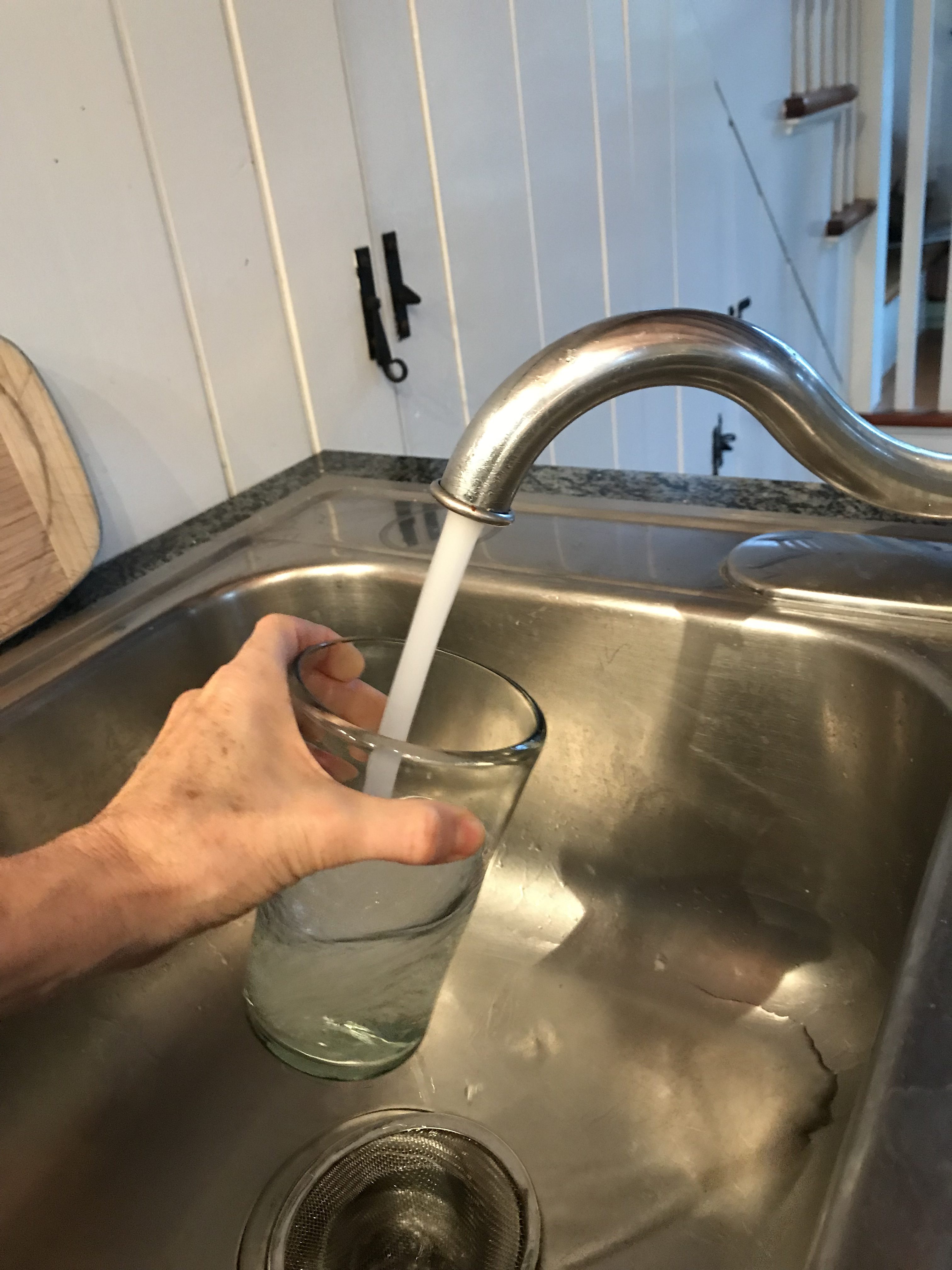
Conserve Water
New Englanders have always felt blessed by plentiful water, and we are lucky compaired to other parts of the country. That attitude, though, has kept us from recognizing the importance of conserving water and the consequenses of not doing so. Every drop of water we use is a drop the fish in our rivers, frogs in our wetlands, and wildlife along our streams don’t have.
A few years ago we experienced a wake-up call regarding the environmental consequences of water use in our area when Aquarion Water Company applied for a permit to pump 1 million gallons a day from a previously unused well 150 feet from the Norwalk River in Wilton. This pumping would have decreased the flow in the river significantly and affected the surrounding wetlands, which are home to wood frogs, fairy shrimp, birds, bees and butterflies as well as local mammal populations. Luckily thanks to people like you in our community, we successfully protested the new well and Aquarion withdrew its permit. The challenge now is to reduce our water use, so Aquarion is not forced to apply again for a permit to open new wells along the Norwalk River in order to provide us with the water we need.
Increases in population density and the resulting stormwater runoff due to development, the rise of giant lawn-based landscaping, and climate change have combined to create very real drought issues in Southwest Connecticut. The last two new diversion permits–to take water from our rivers and streams–by Aquarion have been done so to “improve drought resiliency in Southwest CT,” according to the company. Well owners also affect the environment, as draw-downs on ground water levels affect wetland health and streamflows in the same way that Aquarion’s pumping does, but on a smaller scale.
Outdoor watering accounts for 70% of water use in the summer. According to Aquarion spokesperson Peter Fazekas, “If you look at those four towns [Greenwich, Stamford, Darien, New Canaan], 40 percent of their annual water use is for lawns. So during the summer months, that figure is more like 70 percent.” The new diversion from our watershed would have gone to help these towns continue to water their enormous lawns. The answer to our region’s problems is conservation–reduced lawn size, rain barrels and more native plants that don’t require as much water. This problem exists across the country, not just here. In the U.S. 60% of drinking water is used outside. For more information on updating your landscaping to protect our rivers, water supply, and local pollinators, birds and other wildlife, see our landscape responsibly page and our website Pollinator-pathway.org. In response to recent water shortages, Aquarion has put in place permanent restrictions on outdoor watering in our area.
Every acre of land that is covered with an impervious surface generates 27,000 gallons of surface runoff instead of groundwater recharge during a one-inch rainstorm, according to UCONN Agricultural Extension, and:
• Between 1985 and 2010, Connecticut lost 190 square miles , or 6.5%, of its forest land. Forested areas are critical natural resources that perform important ecological functions. They absorb and process natural pollutants from rainfall and surface waters, store carbon, and provide habitat for wildlife.
• Between 1985 and 2010, Connecticut lost 39.5 square miles of natural vegetation in its streamside corridors (areas within 300 feet of a stream, river, pond, or lake). The loss of this critical vegetation translates to increased erosion, less habitat for wildlife, greater potential for reduction of animal populations, and reduced area for penetration of rainwater into the soil.
Due to these land use changes, increasing local use of groundwater may outpace the amount of recharge thatsupplies the aquifer. When groundwater and surface water extraction exceeds replenishment, aquifers are threatened with depletion.
More ways to conserve from UCONN.
EPA Recommendations for How to Conserve Water
For Every Room in the House With Plumbing
- Repair leaky faucets, indoors and out, and test for leaking irrigation or pool lines.
- Consider replacing old equipment (like toilets, dishwashers and laundry machines) with newer more water efficient models.
In the Kitchen
- When cooking, peel and clean vegetables in a large bowl of water instead of under running water. Use a vegetable brush.
- Fill your sink or basin when washing and rinsing dishes.
- Only run the dishwasher when it’s full.
- When buying a dishwasher, select one with a “light-wash” option.
- Only use the garbage disposal when necessary (composting is a great alternative).
- Install faucet aerators.
- Do not use water to defrost frozen foods, thaw in the refrigerator overnight.
- Scrape, rather than rinse, dishes before loading into the dishwasher.
In the Bathroom
- Take short showers and limit baths.
- Never use your toilet as a waste basket.
- Turn off the water to brush teeth, shave and soap up in the shower. Fill the sink to shave.
- Repair leaky toilets. One can waste 200 gallons per day. Add 12 drops of food coloring into the tank, and if color appears in the bowl one hour later, your toilet is leaking. Repairing the leak is easy and inexpensive. Just replace the valve to the bowl, available at hardware stores.
- Install a toilet dam, faucet aerators and low-flow shower heads.
Laundry
- Run full loads of laundry.
- When purchasing a new washing machine, buy a water saving model that can be adjusted to the load size.
Outdoors
- Maximize the use of native vegetation and establish smaller lawns. For portions of your lot where a lawn and landscaping are desired, ask your local nursery for tips about plants and grasses with low water demand (such as creeping fescue). Consider planting more trees, shrubs, ground covers, and less grass. Shrubs and ground covers provide greenery for much of the year and usually demand less water. Use native plants. They have adapted to rainfall conditions in New England and provide wildlife habitat. Cluster plants that require extra care together to minimize time and save water.
- When mowing your lawn, set the mower blades to 2-3 inches high. Longer grass shades the soil improving moisture retention, has more leaf surface to take in sunlight, allowing it to grow thicker and develop a deeper root system. This helps grass survive drought, tolerate insect damage and fend off disease.
- Only water the lawn when necessary. If you water your lawn and garden, only do it once a week, if rainfall isn’t sufficient. Avoid watering on windy and hot days. Water the lawn and garden in the morning or late in the evening to maximize the amount of water which reaches the plant roots (otherwise most of the water will evaporate). Use soaker hoses to water gardens and flower beds. If sprinklers are used, take care to be sure they don’t water walkways and buildings. When you water, put down no more than 1 inch (set out empty cans to determine how long it takes to water 1 inch) each week. This watering pattern will encourage more healthy, deep grass roots. Over-watering is wasteful, encourages fungal growth and disease, and results in the growth of shallow, compacted root systems that are more susceptible to drought and foot traffic. If an automatic lawn irrigation system is used, be sure it has been properly installed, is programmed to deliver the appropriate amount and rate of water, and has rain shut-off capability.
- Apply mulch around shrubs and flower beds to reduce evaporation, promote plant growth and control weeds.
- Add compost or an organic matter to soil as necessary, to improve soil conditions and water retention.
- Collect rainfall for irrigation in a screened rain barrel container (to prevent mosquito larvae growth) attached to gutters.
- Never pour water down the drain when there may be another use for it -such as watering a plant or garden.
- When washing a car, wet it quickly, then use a bucket of water to wash the car. Turn on the hose to final rinse (or let mother nature wash your car when it rains). Consider using a commercial car wash that recycles water.
- Always use a broom to clean walkways, driveways, decks and porches, rather than hosing off these areas.
- Use a pool cover to reduce evaporation when pool is not being used
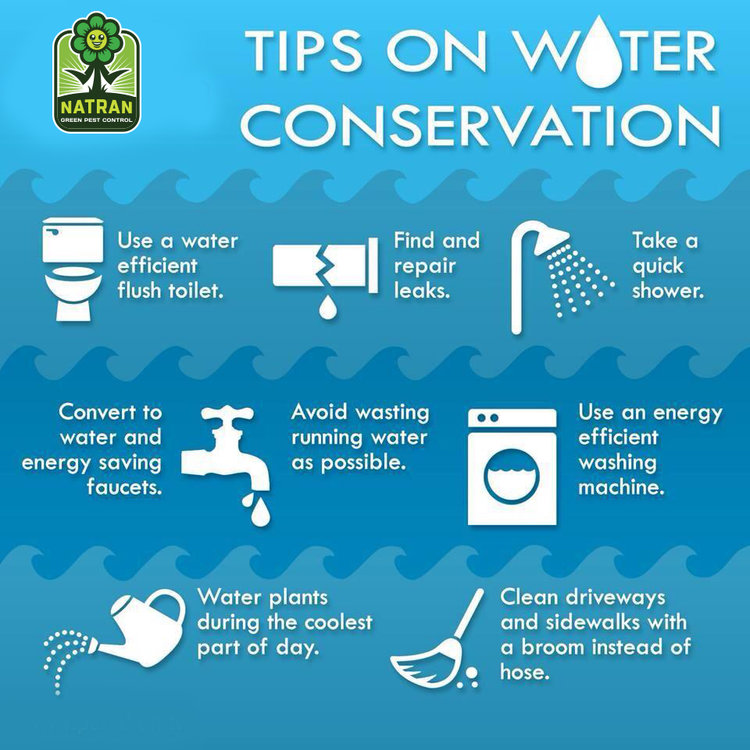
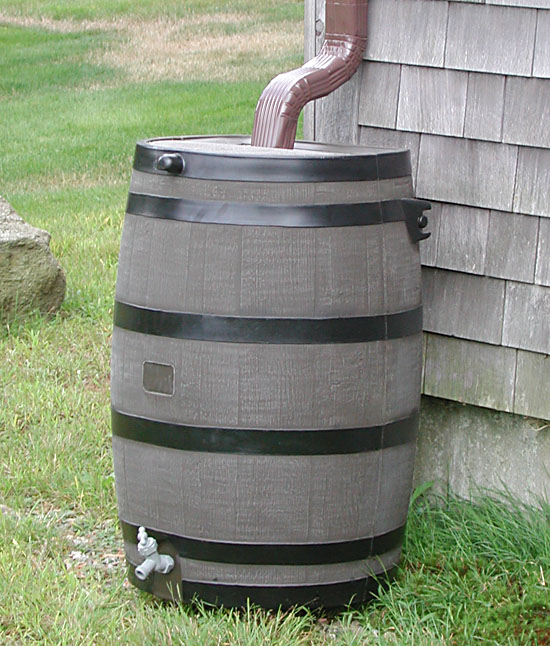
Use rain barrels to water your lawn.
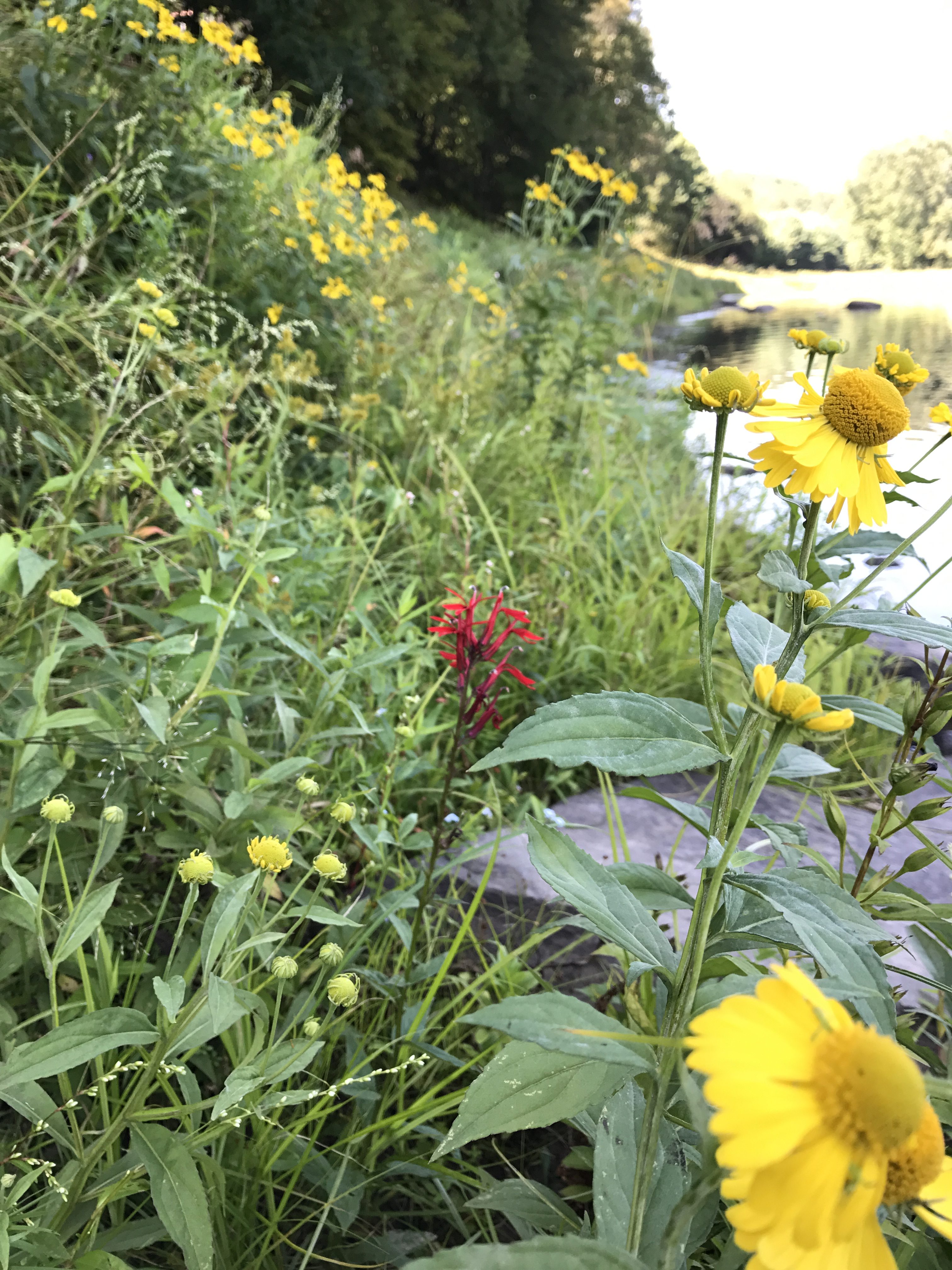
Reduce lawn and plant native perennials, shrubs, and trees–especially along riverbanks.
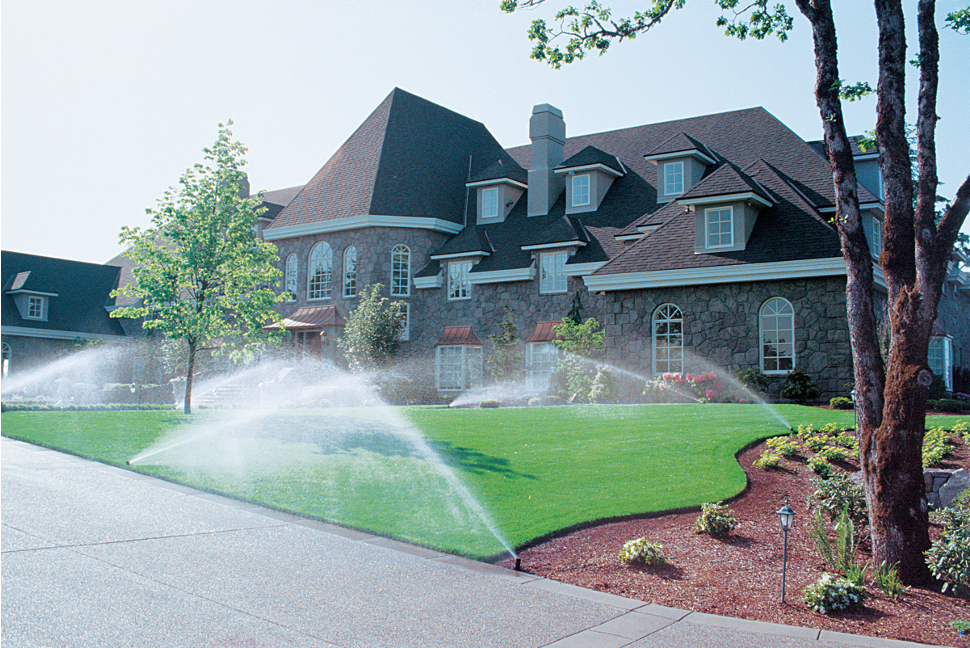
Yards with irrigation systems use 40% more water that those without them. Nationally, lawns suck up 9 billion gallons of water per day, according to the EPA.
